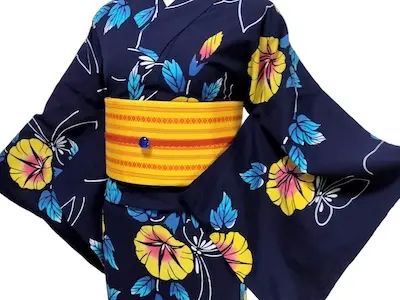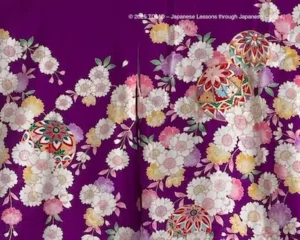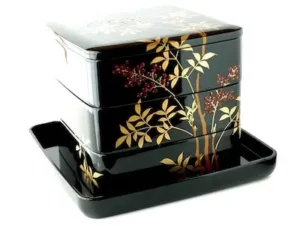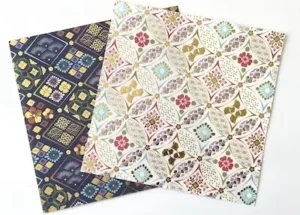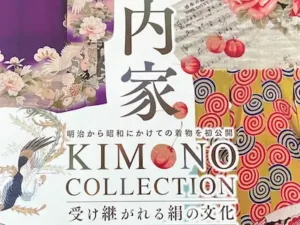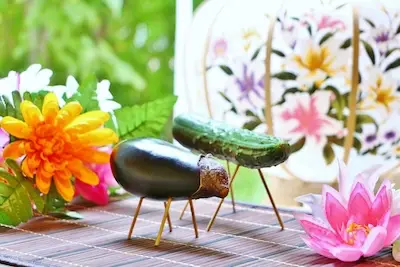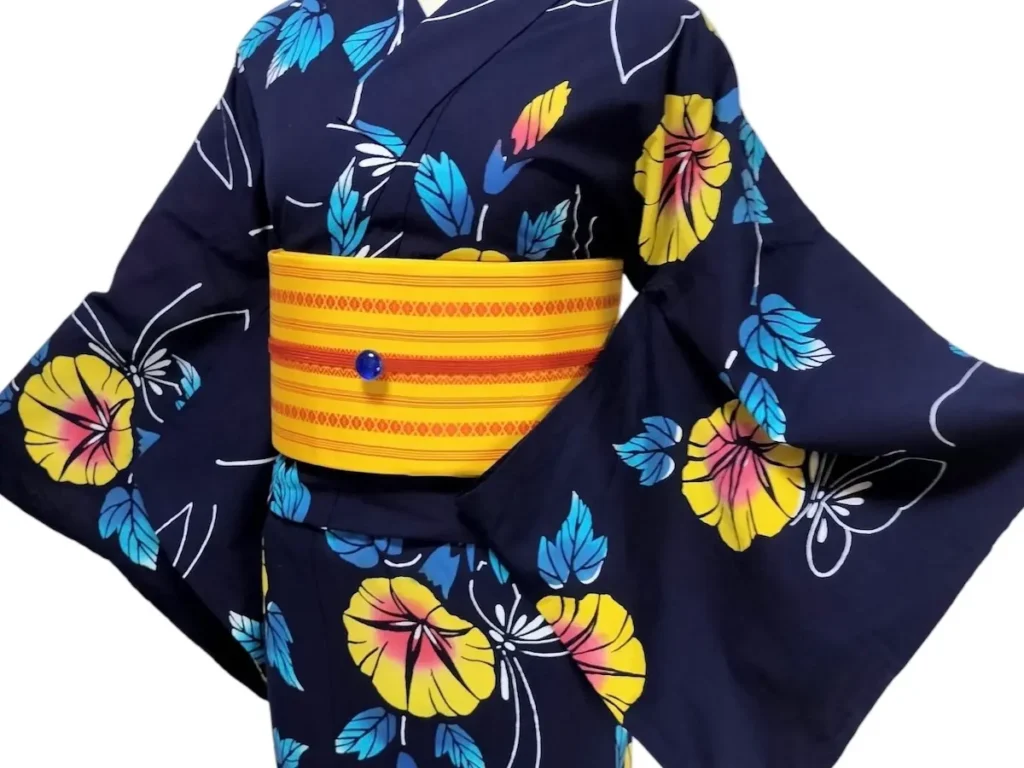
Yukata (ゆかた): Learn Japanese Words, History, and Summer Culture
History of the Yukata
The yukata(ゆかた, yukata) is one of Japan’s traditional garments.
It started in the Heian period when nobles wore a robe called yukatabira after bathing.
At that time, it was made from hemp. This material absorbed sweat and moisture well.
Later, in the Edo period, common people began to wear yukata.
They also used it as sleepwear. Many people born from the Taisho to early Showa era slept in yukata, not pajamas.
Even today, ryokan inns and hot spring resorts provide yukata as sleepwear.
Cotton fabric became popular later. It is light and cool, so many people like it.
Indigo Yukata and the Reason Behind the Color
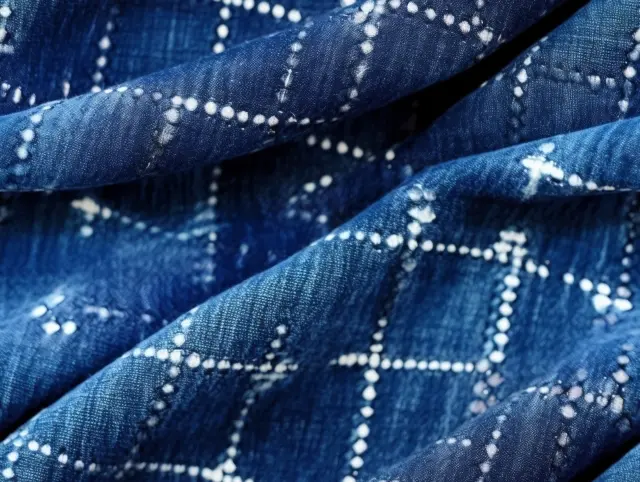
Yukata often feature indigo, or 藍色(あいいろ, ai-iro) dye.
In the Edo period, the shogunate limited commoners’ clothing colors by sumptuary laws.
Indigo was one of the few colors allowed. So, many shades of indigo were used.
There are good reasons for this.
First, indigo repels insects and removes odors naturally. This made it great for summer yukata.
Also, indigo hides sweat and dirt well. The more you wash it, the softer and deeper the color becomes.
Indigo also feels cool and calm. This matches Japanese beauty ideals.
In Edo merchant culture, simple indigo was seen as iki—stylish and elegant.
Because of this, indigo remains a favorite yukata color.
The Purpose and Meaning of Wearing a Yukata
The yukata is made to keep you cool in summer. But it is more than just practical clothing.
It also shows respect and a neat appearance.
At fireworks festivals and summer events, yukata make the season feel special.
You can also express yourself with many colors and patterns.
Yukata in Modern Times
Today, how people wear yukata has changed. Designs are much more varied now.
Besides traditional navy and white, there are colorful, modern patterns.
Rental yukata are popular in tourist spots and cities.
This lets people enjoy yukata without owning one. Even international visitors try yukata easily now.
Yukata and Seasonal Events
Yukata are very popular at summer events.
You see many people wearing yukata at fireworks, festivals, and Bon dances.
These scenes show the feeling of Japanese summer. Wearing a yukata makes events more festive.
Yukata also look great in photos. They help create lasting memories.
Yukata will keep coloring Japan’s summer for a long time.
If you want to learn more about the differences, please check this kimono vs yukata article.
In my last post about fireworks, I asked:
“When you look at fireworks from above, from below, up close, or far away, what shape do you see?”
The answer is: Fireworks have the same shape no matter where you view them.
From above or below, near or far, the shape does not change.
Only the size, brightness, and impression change.
Japanese of the Day / 今日の日本語
- Word:浴衣(ゆかた / yukata) – summer kimono; lightweight traditional robe
- Meaning:A casual cotton robe worn in summer, often at festivals or ryokan inns
- Example:浴衣で花火を見ました。
(I watched fireworks in a yukata.) - Fun Fact:Yukata were originally bathrobes in the Heian period. Today, they are a symbol of Japanese summer festivals.
The yukata is a symbol of Japanese summer.
If you’d like to discover more traditions like this, don’t miss my upcoming Japanese Culture Course.

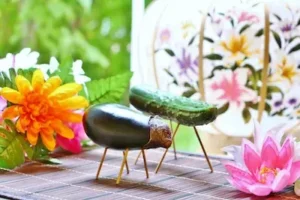
浴衣の歴史
浴衣(ゆかた)は、日本の伝統衣装の一つです。
もともとは平安時代の貴族が入浴後に着た「湯帷子(ゆかたびら)」が「浴衣」の始まりです。
その頃は麻で作られ、汗や水分を吸い取りやすいものでした。
やがて、江戸時代になると庶民の間にも広まりました。 庶民の間では、江戸時代から寝巻きとしても使われていました。
大正時代から昭和前期にかけて生まれた世代の多くは、晩年になってもパジャマではなく浴衣で眠っていました。
今も旅館や温泉地では、寝巻きとしても使われています。 さらに、木綿の生地が使われるようになり、軽くて涼しい衣服として人気になりました。
藍色の浴衣とその理由
浴衣には、藍色が多く使われてきました。
江戸時代には幕府の「贅沢禁止令」により、庶民は着物の色を制限されました。
その中で、藍色は比較的自由に使える色だったため、さまざまな藍色が用いられました。
藍色が選ばれたのには理由があります。 まず、藍には防虫効果や消臭効果があります。
そのため、夏に着る浴衣にはぴったりでした。
さらに、藍色は汗や汚れが目立ちにくい色です。洗うほど色が落ち着き、味わいが増すことも好まれました。
また、藍色には涼しさや落ち着きを感じさせる効果があります。これは日本の美意識にもよく合いました。
江戸の町人文化では、派手すぎない藍色が粋(いき)な色として人気を集めました。
こうして藍色は、浴衣の代表的な色として長く愛され続けています。
浴衣を着る目的と意味
浴衣は、夏を涼しく過ごすために作られた衣服です。
しかし、それだけではありません。相手への礼儀やきちんとした装いを表す意味もあります。
また、花火大会や夏祭りでは、浴衣姿が季節感をより引き立てます。 さらに、色や柄で個性を表現できる楽しさもあります。
現代の浴衣事情
最近では、浴衣の着方や用途も変わってきました。
まず、デザインがとても多様になっています。伝統的な紺や白だけでなく、カラフルでモダンな柄も増えています。
また、観光地や都市部ではレンタル浴衣が人気です。そのため、手ぶらで浴衣体験ができるようになりました。
外国人観光客も気軽に浴衣を楽しむようになっています。
浴衣と季節の行事
浴衣は、夏のイベントで大活躍します。花火大会、夏祭り、盆踊りなど、浴衣姿の人が多く集まります。
そして、その光景は日本の夏らしさを強く感じます。 浴衣を着ることで、イベントの雰囲気もより華やかになります。
さらに、写真にも映えるため、思い出作りにもぴったりです。 浴衣は、これからも日本の夏を彩る大切な存在であり続けるでしょう。
浴衣と着物の違いについて詳しく知りたい方は、こちらの kimono vs yukata 記事もご覧ください。
前回の「花火」の記事の問題です。
「花火を上から見ます。下から見ます。近くで見ます。遠くから見ます。それぞれ、どんな形ですか?」
答えは、花火は、どこから見ても形は同じです。上からでも下からでも、近くでも遠くでも変わりません。
変わるのは大きさや明るさ、そして見え方だけです。

